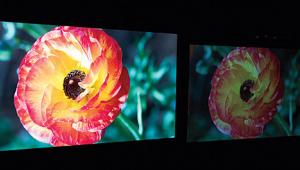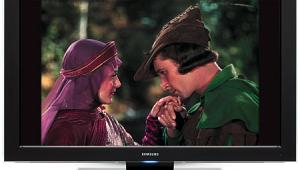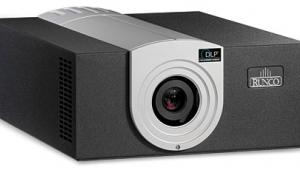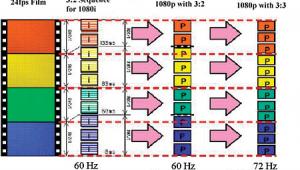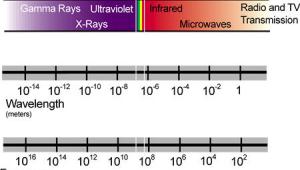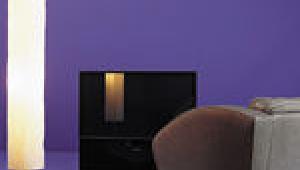What's the Deal with Color?
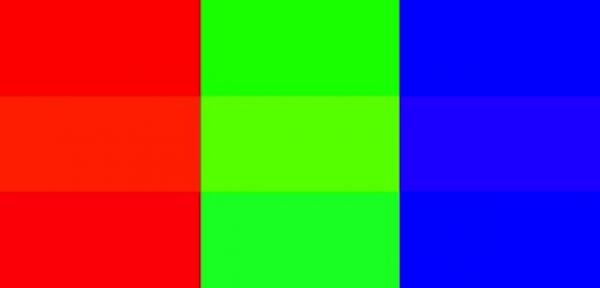
Did you read that headline in Seinfeld's voice? While contrast ratio, black level, and light output all rightly occupy the top of the list of specs one considers when purchasing a new display, color is often completely overlooked.
Good color reproduction usually won't make or break a display, but it can make one that's good into one that's great.
Yet for all its importance, it's rarely understood - and it's regularly done wrong.
For the basics on how color works, check out my S+V 101 article HDTV Color Spaces Explained.
The short(-ish) version is this: All TVs produce color with red, green, and blue pixels. The exact red, green, and blue are actually quite specific, as you don't want red to be too orange, or green to be too yellow, and so on. (Yes, some Sharp models have yellow pixels, but there's no yellow signal, it's created by the TV.)
The reason exact colors are specified is they're vital to how the entire television system works. Think of your average sitcom. Most are shot with three cameras. Imagine if each camera recorded the color differently? The images from each camera would look different. That would be distracting. The monitors used to edit and master each show have to be same, otherwise color discrepancies would creep in depending on who edited what show. Then there's the broadcast itself, if each station had different ideas what color was what, each channel would look different on your TV.
So it stands to reason your TV should match this same standard, right? Except, it doesn't. All TVs are designed to look good on a showroom floor. How it looks in your home is largely irrelevant. The vast majority of people never adjust the settings on their TVs - so as long as the image pops and it doesn't look bad enough to return, TV companies consider it a win.
Then there's you and I. We do adjust the settings on our TVs. I even have equipment to check and dial in the TV to the best the eye can discern. So for us, TV companies put in picture settings, color temperature controls, and so on. In the CRT days, you'd be hard pressed to find a TV with a color temperature control. Now nearly all current models have it.
Color itself, though, still remains highly variable. Over the past few years we've seen more TVs with the option of "Normal" and "Wide" color spaces, but even the "Normal" setting is often incorrect.
Enter the Color Management System. A recent trend is for adjustable color points. The idea of this, I celebrate: Give those of us who want accurate color the ability to adjust it.
The problem is, most of these systems don't seem to do much. On one end of the spectrum you have something like the Optoma HD8300. Its color management system allows for precise adjustment of all three primary and all three secondary (cyan, yellow, and magenta) colors. The color accuracy doesn't make up for some of the projector's other issues, but it does make it better than it would otherwise be.
On the other end of the, ahem, spectrum, you have many other products. Most commonly, adjustments in the CMS will wiggle the color points, but do little to let you actually improve them. In some cases, the brightest colors will be accurate, but dimmer versions of the same color will drift inaccurate. There are even some displays on which the adjustments literally do nothing.
There's barely any movement on the manufacturer side towards increased color accuracy. True, displays today generally have more accurate colors than ten years ago, but it's still fairly random. New products from one company may be less accurate than their previous year's products.
Largely this is due to color remaining a very low priority. Contrast ratio and brightness are easy to sell on specs alone. In many cases, accurate color points produce less light than inaccurate ones, and dimmer never sells. There's also very little push from the consumer side for accurate color. Show many people a wildly oversaturated image, and they'll say "Wow, look at those colors!" It doesn't matter that it doesn't look like reality, as most people don't have a reference for what accurate color actually looks like.
Let me be clear, I'm not saying all TVs must have accurate color out of the box. I'm not trying to force my views of accurate color on the masses. I know full well the people who leave their TVs in VIVID mode would hate accurate colors. I just want the option to make the TV accurate. That's not so hard, right?
So I'm glad the trend is towards the inclusion of color management systems, I just wish more of them actually worked. Because once you get used to the naturalness accurate color can provide, and how easy and relaxing the image is to watch, you'll never be able to go back.


